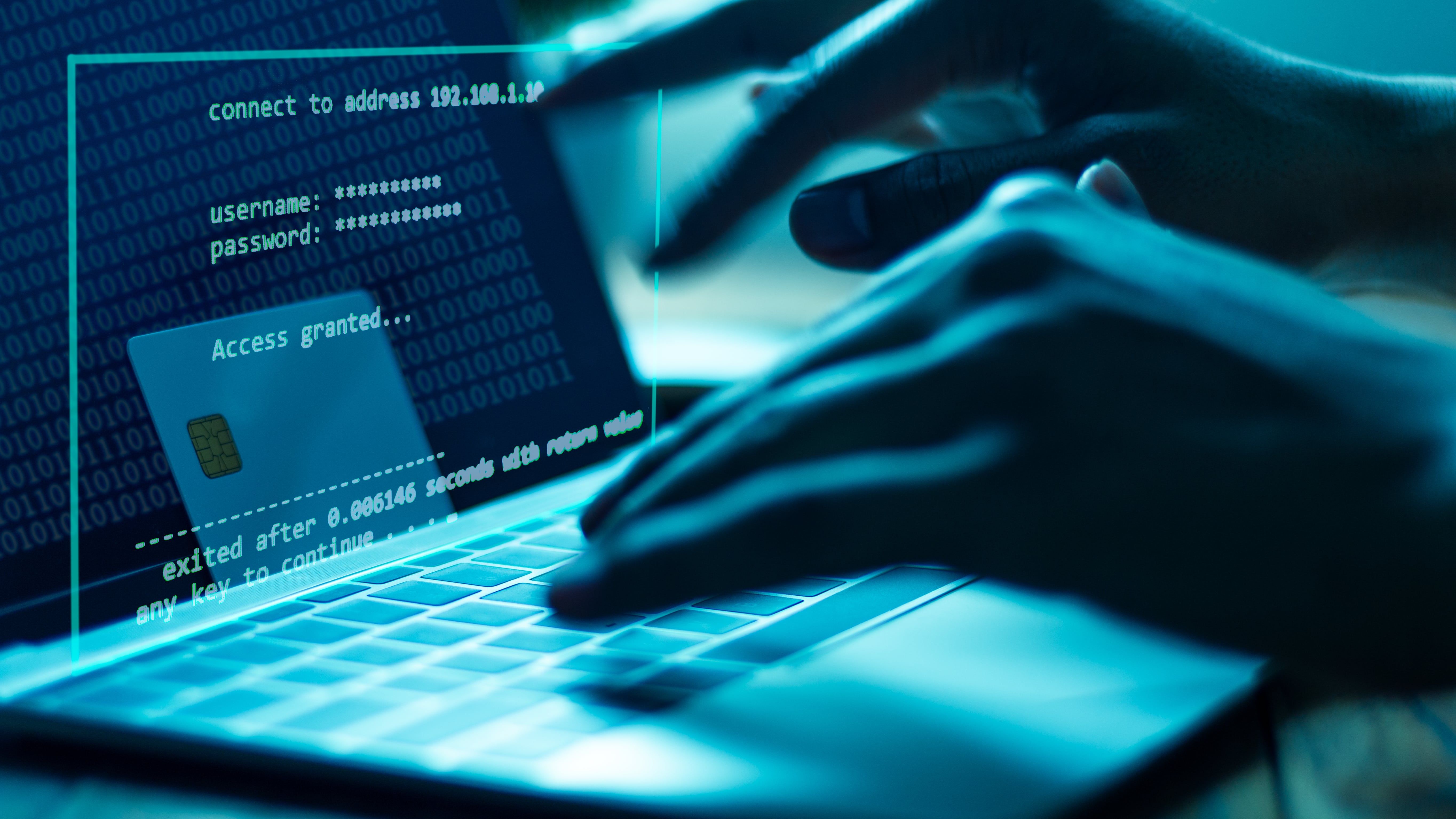
Ransomware attacks are on the increase and are one of the biggest threats facing individuals and businesses that have anything to do with the online world. Considering just about everyone is connected to the internet in one way or another, that’s undeniably worrying. Of even more concern are the crazy facts and figures surrounding the seemingly unstoppable rise of the ransomware crimewave.
Cybercriminals are also using increasingly sophisticated methods to carry out their ransomware attacks, with the developing world of cryptocurrency adding a raft of new options for their activities. So, if you get to the end of these ten facts and figures about ransomware attacks, it may well be time to re-evaluate your software security measures, before you fall foul too…
Protect your employees and network from ransomware attacks with Zero Trust. Enforce least privilege access policies across your organization in minutes based on user identity to safeguard all critical assets. Protect your business with Perimeter 81 - one of TechRadar’s top choices for Zero Trust providers.
One
There are some huge numbers relating to the extent of internet crime due to cybercriminals, with up to $4.2 billion extorted from individuals and companies during 2020. While cybercriminals do target plenty of individuals, they are making biggest gains from businesses. It’s estimated that the average cost of a ransomware attack is around $1.85 million. Aside from the financial peril it puts companies in, there is also the knock-on effect from damage done to reputation, especially where data breaches have been identified.
Two
The big figures keep on coming in relation to ransomware too. Global cybercrime activity is now estimated to coast in the region of $190,000 per second. Similarly staggering is the average cost of cybercrime to organisations, which is said to be in the region of $13 million. Most hardest hit according to FBI figures appear to be those over the age of 60, who have suffered losses of £966 million. Conversely, victims 20 and under have lost $71 million to cybercriminal activity.
Three
You’ll want to keep your IT department sufficiently funded and your company guarded with the best anti-ransomware security software. By way of an example, the FBI has found that fraud involving tech support departments rocketed 171% from 2019 into 2020. The cost factor in this area alone is said to be in the region of $146 million. Anyone thinking they can skimp on security software should think again based on statistics like this.
Four
The problem of cybercrime and ransomware shows no sign of letting up. In fact, in the last five years alone, the FBI has logged in excess of 2.2 million internet complaints directly related to cybercrime. The agency reckons that this has ultimately added up to $13.3 billion in losses. On top of that, crimes relating to internet related affairs cost victims $4.3 billion during the course of 2020.
Five
Globally, ransomware attacks surged by 40% in 2020 alone and nearly a quarter of individuals have discovered they have some kind of malware infection on their computer or device. Phishing remained the most commonly reported issue according to the FBI during 2020 and attacks continue to increase. The upward trend has been going on for years, with a 67% increase in security breaches being logged in the years between 2014 and 2019.
Are you a pro? Subscribe to our newsletter
Sign up to the TechRadar Pro newsletter to get all the top news, opinion, features and guidance your business needs to succeed!
Six
Cybercriminals continue to adapt and evolve their tactics, with new trends including cryptojacking, mobile-focused cybercrimes and social engineering being three recent growth areas. Cryptojacking is one of the newest issues to have occurred and is a type of malware whereby cybercriminals gain access to an individual’s cryptocurrency wallet or database.
Seven
Cyberattacks are also a major problem, with nearly 1,900 reported in the US during 2021. According to estimates by UNG (University of Georgia), cyberattacks have resulted in 3.8 million records being stolen each day. Businesses are certainly affected by a large proportion of cybercrime activity, with 88% reporting that they have suffered from spear phishing attacks.
Eight
Cybercrime is flourishing in part thanks the evolution of mobile devices. While we all love the convenience of our smartphones and tablets, many devices offer an entry route for cybercriminals and ransomware. Up to 70% of online fraud is carried out via mobile platforms. Meanwhile, other areas of vulnerability include IoT devices, which are frequently less secure and also many popular gaming platforms.
Nine
Following the Covid-19 pandemic, the FBI has logged an increase of 300% in cybercrime related issues. Malware attacks and phishing emails have been most notable for their increasingly sophisticated campaigns and frequently expect any victims to make their payment in cryptocurrency. According to security software house Norton, the rise in campaigns asking for payment in cryptocurrency increased 35% from the tail end of 2020 to the beginning 0f 2021.
Ten
The FBI saw a rise in businesses with compromised emails during 2020. It had 19,369 complaints about issues with ransomware via email systems. There was also a marked increase in the use of identity theft, which is where cybercriminals obtain personal or corporate employment records in order to carry out a range of crimes. In many cases, the victim isn’t even aware the identity theft has been taking place until the damage has been done.
Security software works
What all of these points tell you about the world of cybercrime, malware and ransomware is that the problem isn’t going away. In fact, cybercriminals are using ever more elaborate means to target individuals, companies and government organizations too. Therefore, it’s never to soon to reevaluate your security software arrangements and plug any gaps or vulnerabilities before it’s too late.
Rob Clymo has been a tech journalist for more years than he can actually remember, having started out in the wacky world of print magazines before discovering the power of the internet. Since he's been all-digital he has run the Innovation channel during a few years at Microsoft as well as turning out regular news, reviews, features and other content for the likes of TechRadar, TechRadar Pro, Tom's Guide, Fit&Well, Gizmodo, Shortlist, Automotive Interiors World, Automotive Testing Technology International, Future of Transportation and Electric & Hybrid Vehicle Technology International. In the rare moments he's not working he's usually out and about on one of numerous e-bikes in his collection.


